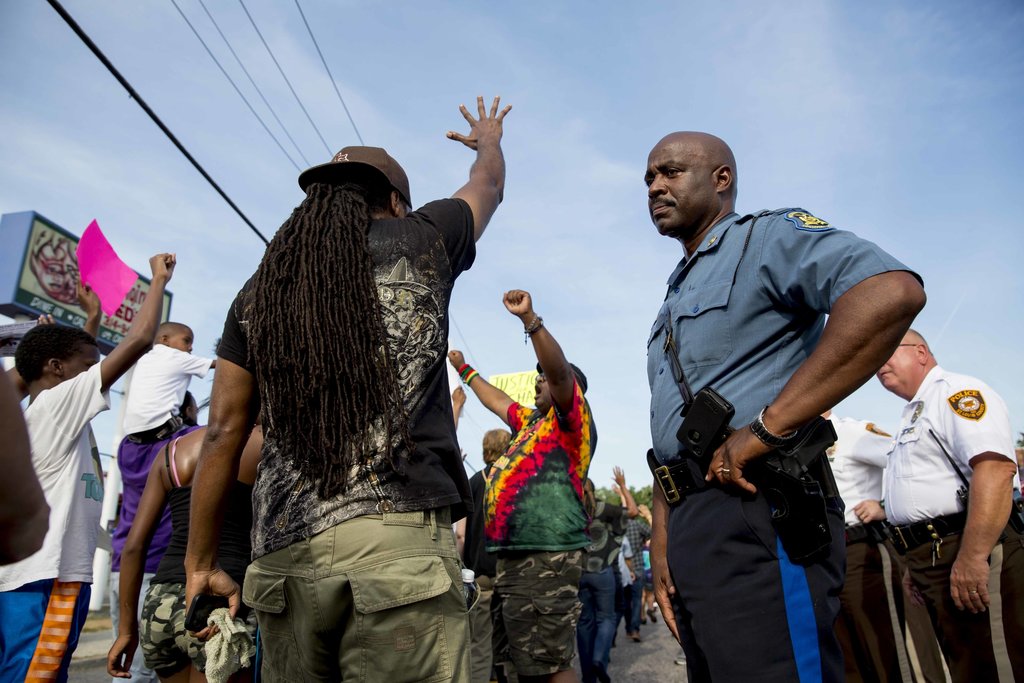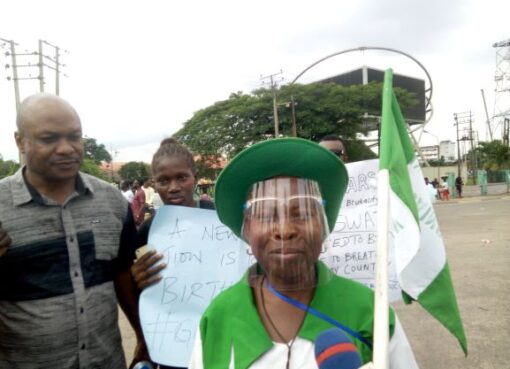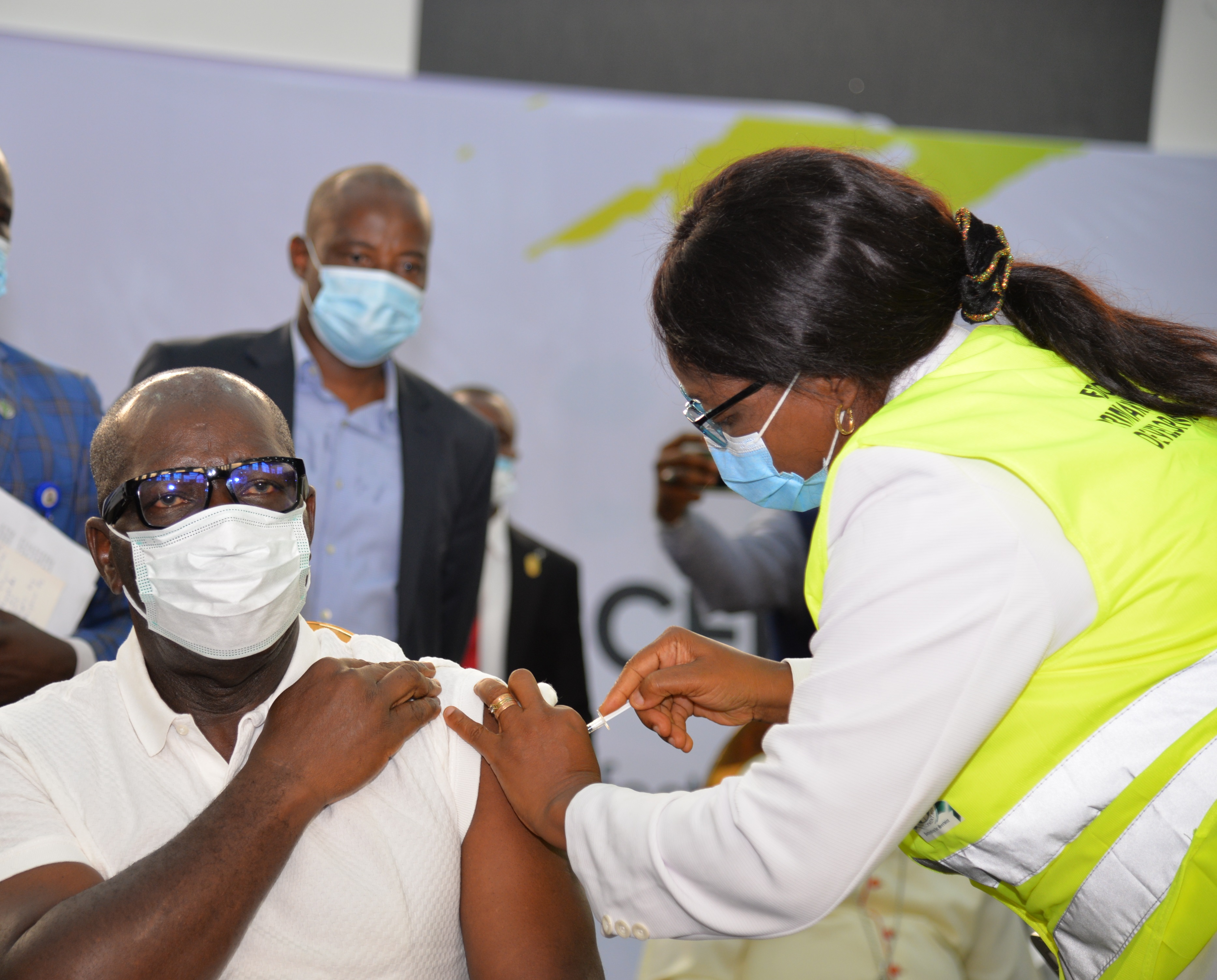FERGUSON, Mo. — The police in Ferguson broke their week long silence on Friday and identified the officer involved in the fatal shooting of an unarmed African-American teenager.

The Ferguson police chief, Thomas Jackson, said the officer was Darren Wilson, a six-year veteran of the force who had no disciplinary actions taken against him.
Chief Jackson said Mr. Wilson had been alerted to a robbery at a convenience store shortly before the encounter with the teenager, Michael Brown, 18, who was walking home from a store on Saturday when he was shot.
Mr. Brown’s death had ignited several days of protests that have been quashed by police officers shooting rubber bullets and tear gas at groups of demonstrators.
Earlier, Chief Jackson said the authorities thought that it was an appropriate time to identify the officer.
“A lot of the stakeholders had a big meeting conversation yesterday, and then yesterday evening,” Chief Jackson told a St. Louis television station, “and we made the determination that today is the day.”

“Nothing specific went into that decision, but we feel that there’s a certain calm,” he said. “There’s a huge outcry from the community.”
The initial refusal of Chief Jackson to reveal the officer’s name had galvanized demonstrators and prompted civil rights groups to go to court to force its release. Chief Jackson had said that his unwillingness to disclose the name had been based on safety concerns after death threats against the officer and his family were posted on social media.
On Thursday, Gov. Jay Nixon ordered the Missouri Highway Patrol to take control of security and crowd control in Ferguson, replacing the St. Louis County Police Department, which has been criticized for its heavy-handed tactics against protesters. Wednesday night’s protests ended with the police firing tear gas and rubber bullets into the crowd.
The difference in tactics and tone was apparent almost immediately here. On Thursday night, the armored vehicles and police cars were gone, and the atmosphere was celebratory. A street barricaded on previous nights was filled with slow-moving cars blasting their horns. There were few signs of police officers, let alone a forceful response.
Clashes between the heavily armed police officers and furious protesters in Ferguson have defined the aftermath of Mr. Brown’s death on Saturday, and the latest moves came as federal and state officials scrambled to quell the growing crisis. Alarm had been rising across the country at images of a mostly white police force, in a predominantly African-American community, aiming military-style weapons at protesters.
Capt. Ronald S. Johnson, the highway patrol official appointed by the governor to take over the response, immediately signaled a change in approach. Captain Johnson told reporters he had ordered troopers to remove their tear-gas masks, and in the early evening he accompanied several groups of protesters through the streets, clasping hands, listening to stories and marching alongside them.
“We’re just starting today anew. We’re starting a new partnership today,” said Captain Johnson, who is African-American and grew up in the area. “We’re going to move forward today, to put yesterday and the day before behind us.”
Source: The NY Times






